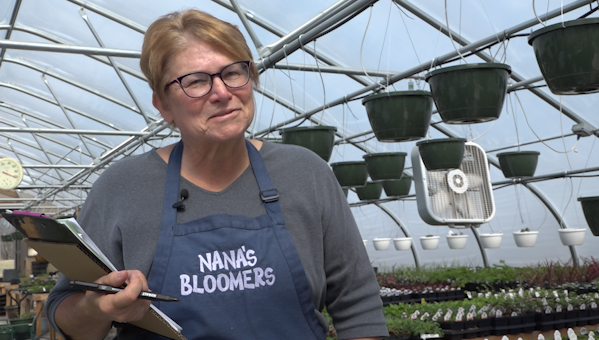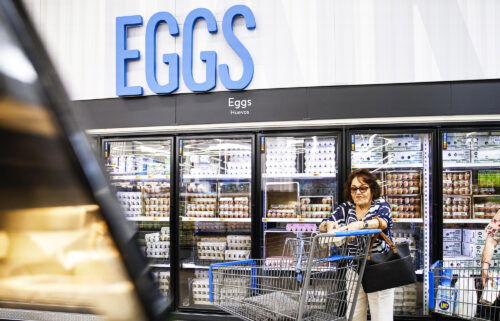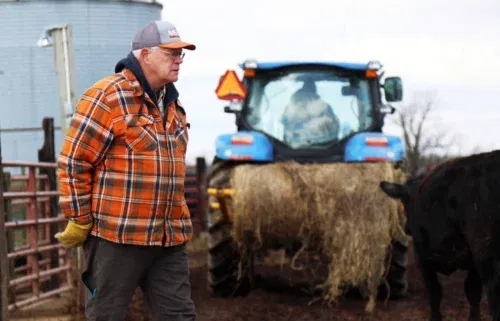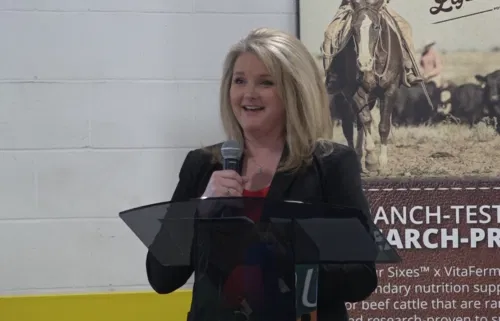Grocery prices may cause some to grow their food

By Jazmine Knight
Americans across the country are grappling with high food and grocery prices. A possible solution? Planting your own essentials at home.
Though gardening may not be everyone’s cup of tea, Sharon Radtka, owner of Nana’s Bloomers, said she believes gardening is relaxing.
“My favorite part is watching everything grow … I think there’s nothing prettier than seeing something that you’ve planted and grown and see the end result for that,” Radtka said.
She said she thinks more people will turn to planting their vegetables to combat the high prices. However, planting fruits may be a little more challenging.
“Now, fruits, they have to usually put those on trees … And it will take several years for that to mature enough for them to get a harvest from,” she said. “But vegetables, boy, you can plant them in the spring and they’ll be ready for you in the summer.”
Radtka mentioned some examples of cool weather crops, or crops that can be planted early on in the spring season when it’s still cooler outside. Those include lettuce, radishes, cucumbers and onions. You can also consider tomatoes, squash, peppers and zucchini.
“You would need to have some of the plants that you enjoy. You want to eat,” she said.
For those interested in becoming a gardener, Radtka said location and soil are very important.
“You want a sunny location, well-drained soil and vitamin-rich soil,” Radtka said.
She explained how most soil in the area is made with clay. For better nutrients, you may want to mix in some compost.
She also advised beginners to start small to avoid having more garden than they can care for. This includes cutting weeds regularly.
“You’re going to only want to go small … I think if you go by like a 10-by-10 square or area, you can probably do a lot with that,” she said.
Another tip from Radtka is to invest in a raised vegetable garden.
“Those are very popular and there’s less bending over and working down on the ground,” she said.
When it comes to seed selection, there are essentially two options. The easy way is to purchase a vegetable starter from a local garden center. While there is no harm in the easier option, you can also harvest the seeds from some existing vegetables.
“Tomatoes, peppers, zucchini, cucumbers, those things are things that you usually get with vegetable starts,” Radtka said.
“To plant things like green beans, lettuce, peas or something along those lines. Carrots, radishes, those are going to be started from seeds.”
Either way, you want to ensure you start with a healthy plant or good-quality seeds.



